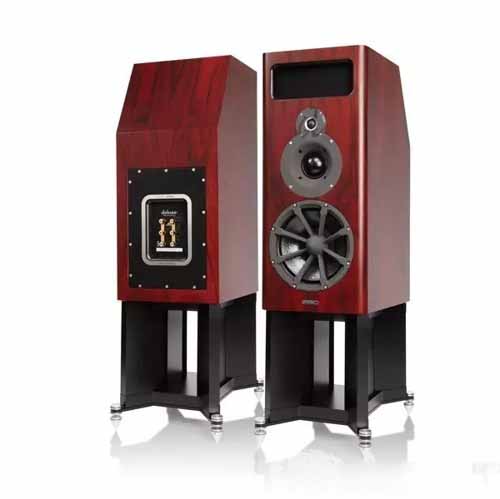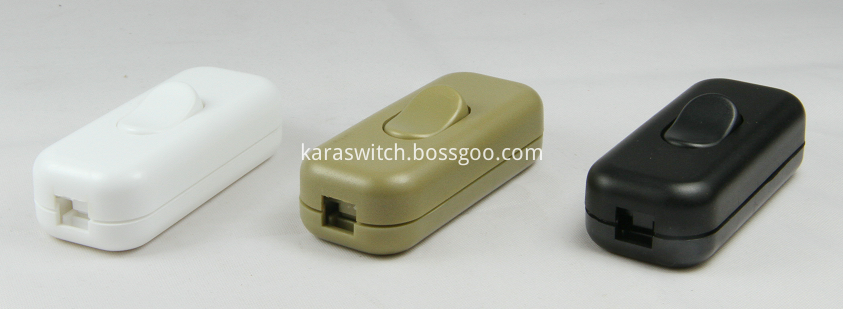Although any speaker has its strengths and weaknesses, especially under a limited budget, how to choose a pair of value-for-money speakers is a great science, because if you want to eat less grass, it will become fatter. Zhuangzhen is a painstaking effort, but there is a certain reference standard or direction for any speaker at any price and level.
First, test the quality of low frequency

The low frequencies produced by inferior speakers can be deafening, but they are completely bloated, lacking in layering and solidity. A good low-frequency should be clean, bright, and well-defined, and it won't be dragged. Even a variety of low-frequency instruments such as drums, bass guitars, and piano bass can be easily distinguished. So don't be fooled by the low-frequency sense, the inferior low-frequency is not as comfortable as the clean sound. Some books with a heavy weight of two-story bookshelf AV speakers, many buyers will think that it is very good value, because everyone chooses the speaker will first weigh the weight, whether the speaker is heavier and more value, in fact, this is correct According to the weight of the speaker, the dense board (MDF or HDF) of the cabinet is thick, and the thickness of the board is not easy to resonate; the heavier the speaker, the larger the magnet of the woofer, so the bass is deep. . However, on average, the weight of a bookshelf-type speaker of 38 cm in height should be heavy at six or seven kilograms. If it exceeds this weight, even as high as three or forty kilograms, its weight may be gimmick. The overall sound quality is not very helpful.
   Second, test the IF vocals

Vocals are the most commonly heard voices. The pros and cons are not difficult to detect. Pay attention to whether the vocals have unusual nasal sounds or the feeling of being screamed. The "box sound" of some speakers will also greatly interfere with the intermediate frequency, making the sound of this band ambiguous. IF sound is more serious than other frequencies, because most of the audible sound frequencies, or the frequency of the music, are concentrated in the mid-range, which is played for almost all kinds of music. Obstacles.
   Third, test the high frequency flexibility
Inferior high-frequency is squeaky, hearing people's headaches, in extreme cases, the violin or soprano's melody becomes the sharp noise of the brakes. Similarly, different instruments in high-frequency sounds produce different textures, and good high-frequency sounds can be distinguished. The high frequency of the superior and inferior level can even distinguish the different phonographs played by two different years and different woods. The easiest thing to master is that a good high-frequency sound is not audible and dazzling, the pores are erected, and it won't be more and more tiring, and it should be soft and flexible, smooth and layered, high. At the highest point, it can still be easily heard without changing the sound (of course, it is not based on the recording of the singer)
   Fourth, test high volume and sound field image

Some speakers are stable at low volume, but they will be distorted when the volume is raised to a certain level, or “shootingâ€, and various non-recorded music signals appear. (Of course, the test is safe with a volume of 12 o'clock. standard). Specifically, if the orchestra is one of the favorite music types, you must pass this level. The standard speaker makes the sound out of the box to a certain extent, creating a clear sound field and image, showing the position and texture of different instruments. There is sufficient diffusion to satisfy the existing listening space, the mute and the tail should be clearly heard, and in the case of large volume and "big burst" without distortion, the vocals and instrumental sounds will not be entangled. The high-quality play can show the rich sense of music and the air and the bounce of the notes, like the clouds and see the sky, showing the whole detailed and orderly audio. More directly, it will not be exhausting when you listen for a long time.
As a switch supplier,most of our products compliance with TUV,CE approval which based on EN 61058-1;2002+A2,the current rating from 10amp to 16amp,Ranging from 3 to 6 poles,with many choices of functions.Including series KR1,KR2 and KRX.Different size of the panel cut-out,kinds of functions for different application.
For example,the following item KRX meet TUV/CE requirment at 2A 250VAC:

TUV Approved Switch,Professional TUV Approved Switch,safety TUV Approved Switch
Ningbo Kara Electronic Co.,Ltd. , https://www.kara-switch.com